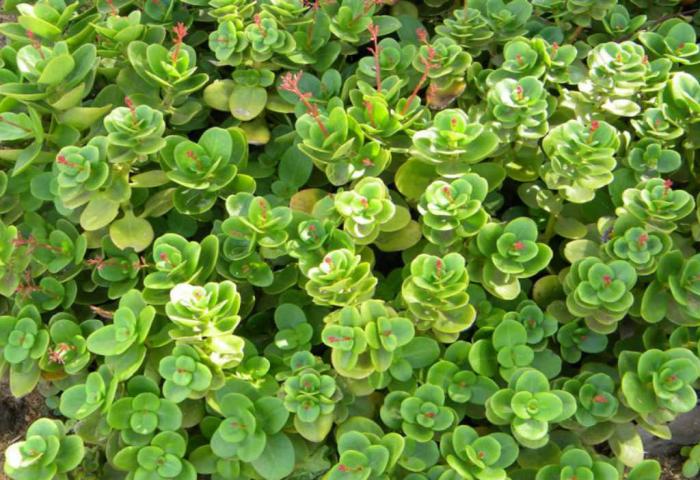Crassula plants, often known for their succulent foliage, are a popular choice among gardeners and plant enthusiasts. While these plants are primarily admired for their robust leaves and unique forms, many wonder if Crassula plants also produce flowers. This article delves into the flowering habits of Crassula plants, exploring when and how they bloom, and what conditions are ideal for encouraging flowering.
Understanding Crassula Plants
Crassula is a genus of succulent plants native to South Africa. The most well-known species is Crassula ovata, commonly known as the Jade Plant or Money Tree. Crassulas are characterized by their fleshy, water-storing leaves and their ability to thrive in arid conditions. These plants are typically grown for their attractive, low-maintenance foliage and are popular in both indoor and outdoor settings.
Do Crassula Plants Flower
Yes, Crassula plants do flower, although not all species or individual plants will necessarily do so. The flowering of Crassulas is less common than their vegetative growth, and the blooms are often subtle compared to other flowering plants. When Crassula plants do flower, the process can be quite fascinating and rewarding for gardeners.
Crassula Flowering Characteristics
Flower Structure
The flowers of Crassula plants are typically small and star-shaped. They appear in clusters on tall, thin stems that rise above the foliage. The colors of Crassula flowers can vary depending on the species, but they often include white, pink, or red hues.
Blooming Period
Crassula plants usually bloom during the winter or early spring. This flowering period can vary slightly depending on the species and growing conditions. For example, Crassula ovata may produce flowers in late winter or early spring, while other species might bloom at different times.
Flowering Conditions
To encourage flowering, Crassula plants need specific conditions. They generally require:
Adequate Light: Crassulas need bright, indirect light to stimulate flowering. While they can tolerate low light, they are more likely to bloom with ample light.
Temperature: Crassulas prefer temperatures between 60°F and 75°F (15°C to 24°C). They can tolerate cooler temperatures but may not flower as readily if conditions are too cold or too hot.
Watering: Proper watering is crucial for flowering. Crassulas should be watered thoroughly but allowed to dry out between waterings. Overwatering can lead to root rot and inhibit blooming.
Soil: Well-draining soil is essential. Crassulas thrive in a mix designed for succulents or cacti. Poorly drained soil can lead to root issues and affect flowering.
Crassula Species and Their Flowers
Crassula ovata (Jade Plant)
Crassula ovata, commonly known as the Jade Plant or Money Tree, is one of the most recognized Crassula species. It can produce small, star-shaped flowers in clusters. The flowers are typically white or pink and appear on slender stems that rise above the dense foliage. Blooming is more likely to occur in winter or early spring.
Crassula perfoliata
Crassula perfoliata is another species that may produce flowers. Its blooms are small and can range in color from white to pink. The flowering stems emerge from the rosette of leaves and can create an attractive display.
Crassula capitella
Crassula capitella, known for its colorful, stacked leaves, can also flower under the right conditions. Its flowers are small, star-shaped, and can be white, pink, or red. The flowering stems are slender and rise above the foliage.
Cultivating Crassula Plants for Flowering
Choosing the Right Environment
To encourage Crassula plants to flower, ensure they are placed in an environment that meets their light and temperature requirements. Indoor plants should be near a bright window, while outdoor plants should be in a location with filtered sunlight.
Proper Care and Maintenance
Regular care is essential for promoting flowering. This includes:
Feeding: Use a balanced, water-soluble fertilizer during the growing season (spring and summer) to support overall plant health. Avoid over-fertilizing, as this can lead to excessive leaf growth at the expense of flowers.
Pruning: Prune your Crassula plants to maintain their shape and remove any dead or damaged growth. This helps the plant focus its energy on producing flowers.
Pest Management: Keep an eye out for pests such as mealybugs or aphids, which can affect the health of your Crassula. Regular inspection and prompt treatment can prevent pest-related issues.
Challenges and Considerations
Non-Flowering Plants
Not all Crassula plants will flower, even with ideal conditions. Some plants may focus their energy on leaf growth or may simply not be genetically predisposed to bloom. If your Crassula is not flowering, it may be worth exploring other factors or considering different species.
Environmental Stress
Stress from environmental factors, such as sudden temperature changes or inconsistent watering, can impact a Crassula’s ability to flower. Providing a stable environment and consistent care can help encourage blooming.
See also: What Is The Growth Rate Of Jade Plants
Conclusion
Crassula plants do indeed have the potential to flower, although their blooms are often less dramatic compared to other flowering plants. Understanding the flowering characteristics of Crassula species and providing optimal growing conditions can enhance your chances of seeing these fascinating blooms.
By focusing on proper care, including adequate light, temperature, and watering, gardeners can encourage Crassula plants to reach their full potential. Whether you are a seasoned succulent enthusiast or a new gardener, appreciating the subtle beauty of Crassula flowers adds another dimension to the enjoyment of these remarkable plants.


